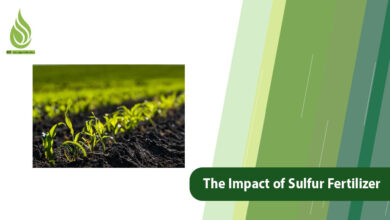
What is Plant Heat Stress? How to Deal with Heat Stress of Plants?
Heat stress in plants is a significant challenge in agriculture and gardening, and it can seriously affect plant health. With rising global temperatures and climate change, it’s essential for gardeners and farmers to understand the causes and effects of heat stress. In this article, we will explore what plant heat stress is and why it happens. We will also share effective methods to deal with this type of stress.
Definition of Plant Heat Stress
Plants need to be in an ideal temperature range to grow and thrive. For most plants, temperatures of 30 degrees Celsius (about 86 degrees Fahrenheit) and higher are considered critical. When temperatures rise too high, plants and trees can experience heat stress. This term refers to the condition where a plant is affected by high environmental temperatures, leading to stress and damage to its tissues. Heat stress can negatively impact essential physiological processes in plants, including photosynthesis, respiration, and water absorption.
Here are some common signs of heat stress in plants:
- Yellowing or browning of leaves
- Drying and burning of leaf tips
- Curling and twisting of leaves and stems
- Dropping of flowers and fruits
- Stopped or slowed growth
- Unusual leaf drop
- Drying of flowers and buds
In fruit trees, heat stress can cause issues like fruit burning, color changes, pitting, hardening, and the formation of blisters or dents on the fruit’s surface.
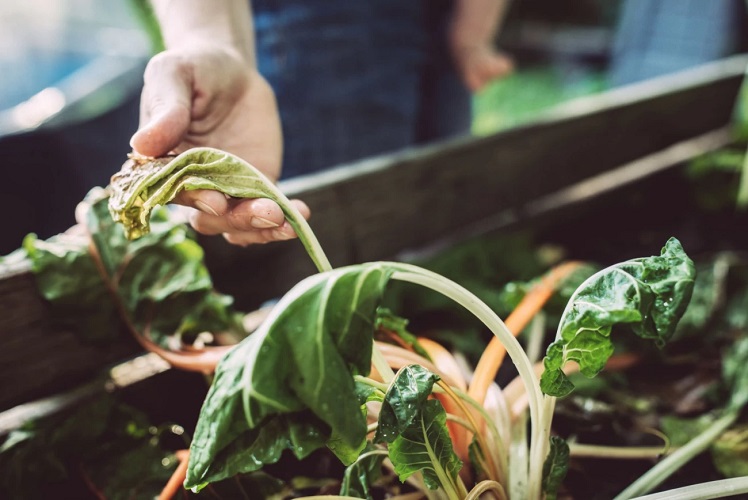
What Causes Plant Heat Stress?
Heat stress in plants can come from a mix of natural and human-made factors. Understanding these causes and managing them can help prevent heat stress and keep plants healthy. Depending on the environmental conditions and the specific needs of each plant, appropriate measures can be taken to combat heat stress.
Here are the main reasons for plant heat stress:
- High Temperatures: Especially during the warmer seasons.
- Direct and Intense Sunlight: Particularly during peak sunlight hours (midday).
- Low Humidity: Especially on hot days.
- Inadequate Water Supply: Plants that are thirsty are more susceptible to heat stress.
- Lack of Shade: Being exposed to direct sunlight for long periods can be harmful.
- Pollution, Toxins, or Diseases: These factors can weaken plants, making them more vulnerable to environmental stress.
- Lack of Essential Nutrients: Providing nutrients helps increase a plant’s resilience, significantly reducing the risk of heat and frost.
By recognizing these factors, gardeners and farmers can take proactive steps to protect their plants from heat stress.
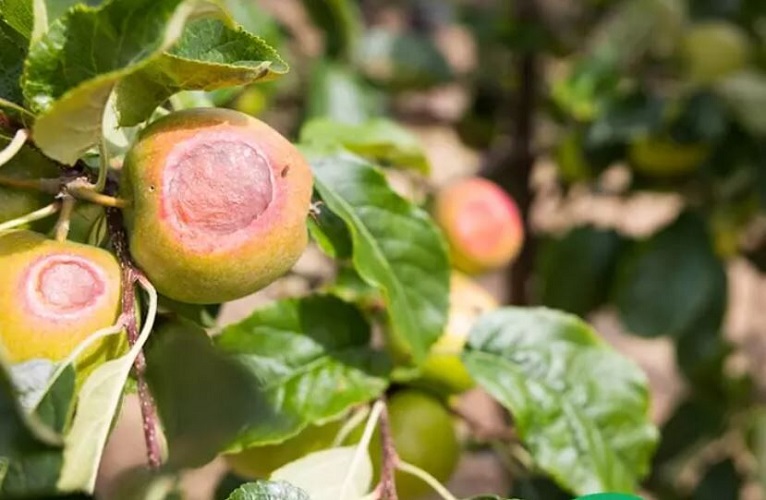
Negative Effects of Heat Stress on Plant Growth and Health
Heat stress can have deep and negative impacts on the health and performance of plants. These effects include changes in physiological processes and reduced growth. Let’s take a closer look at these effects:
- Disruption of Photosynthesis: Photosynthesis is the process by which plants produce energy using sunlight, carbon dioxide, and water to create glucose and oxygen. In hot conditions, the efficiency of chlorophyll decreases, and the activity of photosynthetic enzymes is disrupted. This results in lower energy production, which leads to reduced plant growth.
- Decreased Respiration: Respiration is the process of generating energy from glucose in the absence of light. At high temperatures, the respiration rate increases, but because photosynthesis is reduced, plants struggle to get the energy they need for growth.
- Reduced Water Absorption: Heat causes rapid evaporation of water from leaf surfaces and decreases soil moisture. As a result, plants cannot absorb enough water, leading to dehydration and stunted growth.
- Impaired Metabolic Processes: Metabolism includes all the chemical reactions that occur in plants to produce energy. Heat stress disrupts the production of enzymes and hormones that are essential for plant growth and development.
- Lower Fruit and Seed Production: Heat stress can negatively affect the quality and quantity of fruits and seeds, ultimately impacting plant reproduction.
- Increased Damage to Plant Tissues: High temperatures and lack of water can cause damage to plant tissues. Heat stress can lead to leaf burning and harm to soft tissues.
- Disruption of Root Growth: Roots are crucial for absorbing water and nutrients. Heat can damage root growth, reducing the plant’s ability to take in water and essential nutrients.
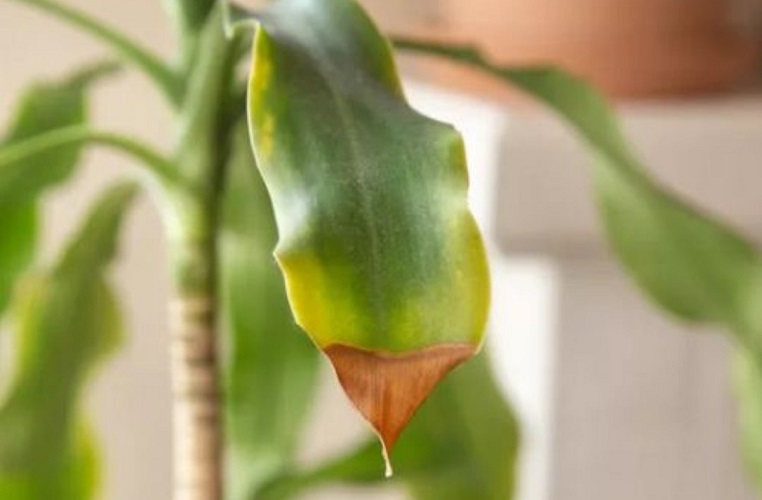
Practical Solutions for Dealing with Plant Heat Stress
To keep plants healthy during heat stress, there are several actions you can take. Let’s explore some effective methods to combat heat stress in plants:
- Choose Heat-Resistant Plants: Selecting plant species that can withstand heat and dry conditions can significantly reduce heat stress. For agriculture in drought, it’s important to plant crops that are heat-tolerant.
- Use Mulch: Applying mulch to the soil helps retain moisture and lower temperatures. Organic mulches like straw, wood chips, or dry leaves can keep the soil moist. Spread a layer of mulch about 2 to 5 centimeters thick around all areas where plants are growing.
- Proper Watering: Regular and timely watering helps plants maintain adequate moisture. Drip irrigation is recommended as an efficient way to provide water directly to the roots.
- Create Shade: Providing shade for plants can lower temperatures and prevent leaf damage. Using shade cloths or increasing tree density for natural shade can help reduce direct sunlight exposure.
- Control Pests and Diseases: Healthier plants are generally more resistant to heat stress. Regularly check your plants and use natural or chemical methods to manage pests and diseases, which can support overall plant health.
- Nutrient Management: Ensuring that plants receive the necessary nutrients strengthens their ability to cope with environmental stress. Using balanced and appropriate fertilizers at the right times can improve plant growth and resilience.
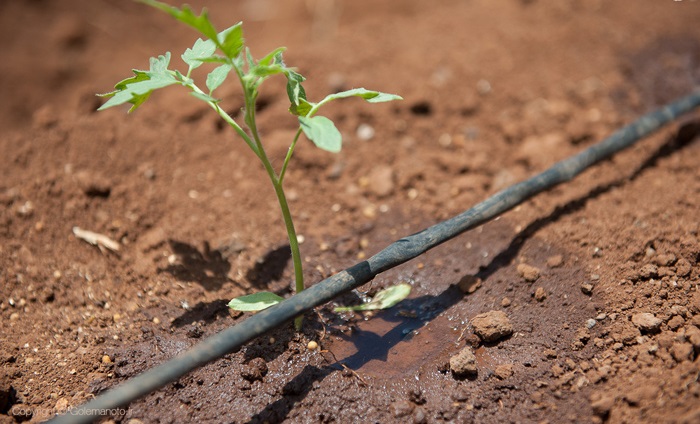
Effective Watering to Prevent Plant Heat Stress
Effective watering helps maintain moisture in plants and prevents heat stress. The best times to water during hot conditions are early in the morning or in the evening when temperatures are lower and evaporation is less. Avoid watering during peak sunlight hours (from 10 AM to 4 PM) because evaporation is high, and plants can’t make good use of the water.
The ideal method for watering during hot periods is drip irrigation. This approach delivers water directly to the roots and minimizes evaporation. If you’re using surface watering, make sure to distribute the water slowly and evenly. The watering should allow roots to penetrate deeper into the soil, which helps increase the plants’ resistance to drought.
One useful strategy to retain soil moisture is using mulch. Mulch can help keep the soil moist and prevent quick evaporation of water. It also helps lower soil surface temperatures, creating better conditions for the roots. Use organic mulches like straw, wood chips, or dry leaves to maximize these benefits.
The Role of Nutrition in Combating Plant Heat Stress
Proper nutrition for plants plays a crucial role in increasing their resistance to environmental stresses, including heat. Good nutrition can strengthen plants’ immune systems, allowing well-nourished plants to maintain their metabolic functions even in hot conditions. This helps them cope better with stress.
Adequate nutrition also helps retain moisture in plant tissues. To boost plants’ resistance to heat stress, using organic fertilizers is recommended. Organic fertilizers improve soil quality and increase its water-retention capacity. Additionally, potassium fertilizers can enhance a plant’s ability to withstand heat and drought.
It’s important to provide nutrition and fertilizers before heat stress occurs. If you notice signs of heat stress in a plant or tree, you should avoid fertilizing at that time. Instead, focus on relieving the stress by watering and providing shade, as discussed earlier. Once the plant’s condition improves, you can continue with fertilization.
